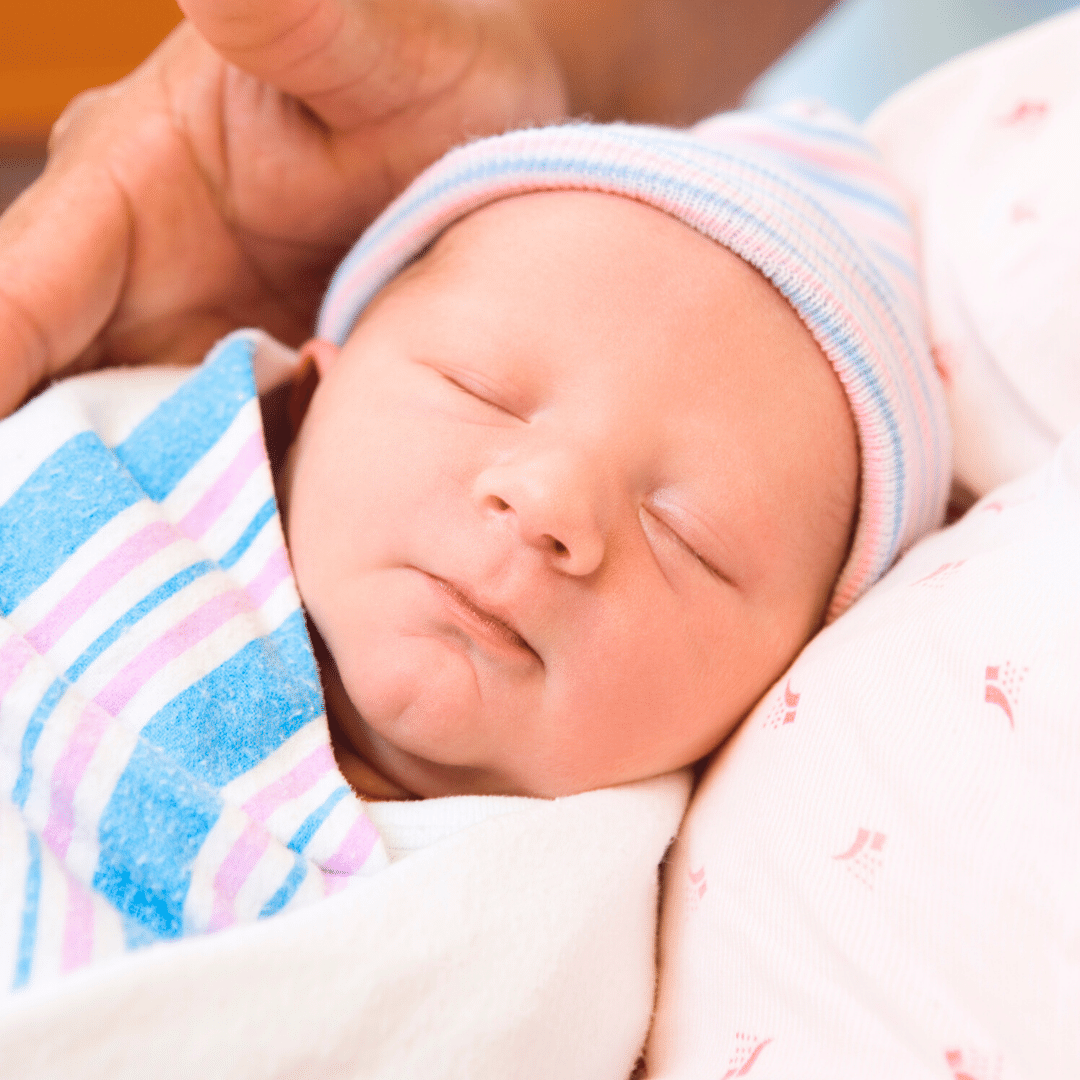 Source: bing.com
Source: bing.comAs a new parent, one of the many things that can cause concern is your baby’s breathing. However, it’s important to know that infant breathing patterns are different from those of adults, and your baby’s unique breathing development process is vital to their growth and overall health.
Table of Contents
Understanding Your Baby’s Breathing Development
At birth, your baby’s respiratory system is not yet fully developed, and they will take shallow, irregular breaths. As your baby grows, their respiratory system will mature, and their breathing patterns will become more regular.
By around 6 months of age, your baby’s breathing should have become more rhythmic and consistent. However, it’s important to note that there are a few breathing patterns that can be normal for babies, but that may cause concern for new parents.
Normal Breathing Patterns for Babies
Here are a few breathing patterns that may be normal for your baby:
- Periodic breathing: This is when your baby takes a few rapid breaths, followed by a pause for up to 10 seconds before starting to breathe normally again. This is common in newborns and typically resolves on its own.
- Noisy breathing: Your baby may make grunting, sniffling, or snoring sounds when they breathe. This is typically not a cause for concern as long as your baby is not struggling to breathe, and the sounds are not accompanied by other symptoms, such as a cough or fever.
- Fast breathing: If your baby is breathing faster than usual but is otherwise healthy and not showing signs of distress, this may be a normal variation in breathing patterns.
When to Be Concerned
While many breathing patterns are normal for babies, there are a few things that may signify that your baby needs medical attention. Contact your pediatrician if:
- Your baby is breathing very rapidly or struggling to breathe
- Your baby’s breathing is accompanied by wheezing, coughing, or other symptoms
- Your baby’s skin or lips turn blue
- Your baby stops breathing for more than 10 seconds
How to Support Your Baby’s Breathing Development
As your baby’s respiratory system develops, there are a few things you can do to support their breathing health:
- Ensure your baby is sleeping on their back to reduce the risk of sudden infant death syndrome (SIDS)
- Keep your baby away from smoke and other respiratory irritants
- Monitor your baby’s breathing patterns and contact your pediatrician if you have concerns
Conclusion
Understanding your baby’s breathing development is key to ensuring their overall health and wellbeing. While many breathing patterns are normal for babies, it’s important to know when to seek medical attention if necessary. By staying informed and supporting your baby’s respiratory health, you can help ensure a happy, healthy life for your little one.
Frequently Asked Questions About Baby Breathing Development:
Q: When should I be concerned about my baby’s breathing?
A: If your baby is struggling to breathe, breathing very rapidly, or is showing other concerning symptoms, contact your pediatrician right away.
Q: Can my baby’s breathing patterns change?
A: Yes, your baby’s breathing patterns will change and become more regular as they grow and their respiratory system develops.
Q: What can I do to support my baby’s breathing development?
A: Make sure your baby is sleeping on their back, keep them away from smoke and other respiratory irritants, and monitor their breathing patterns closely.
Q: Is it normal for my baby to make noise when they breathe?
A: Yes, it’s normal for babies to make grunting, sniffling, or snoring sounds when they breathe. However, if your baby is struggling to breathe or the sounds are accompanied by other symptoms, contact your pediatrician.
Q: What is periodic breathing?
A: Periodic breathing is when your baby takes a few rapid breaths, followed by a pause for up to 10 seconds before starting to breathe normally again. This is common in newborns and typically resolves on its own.
